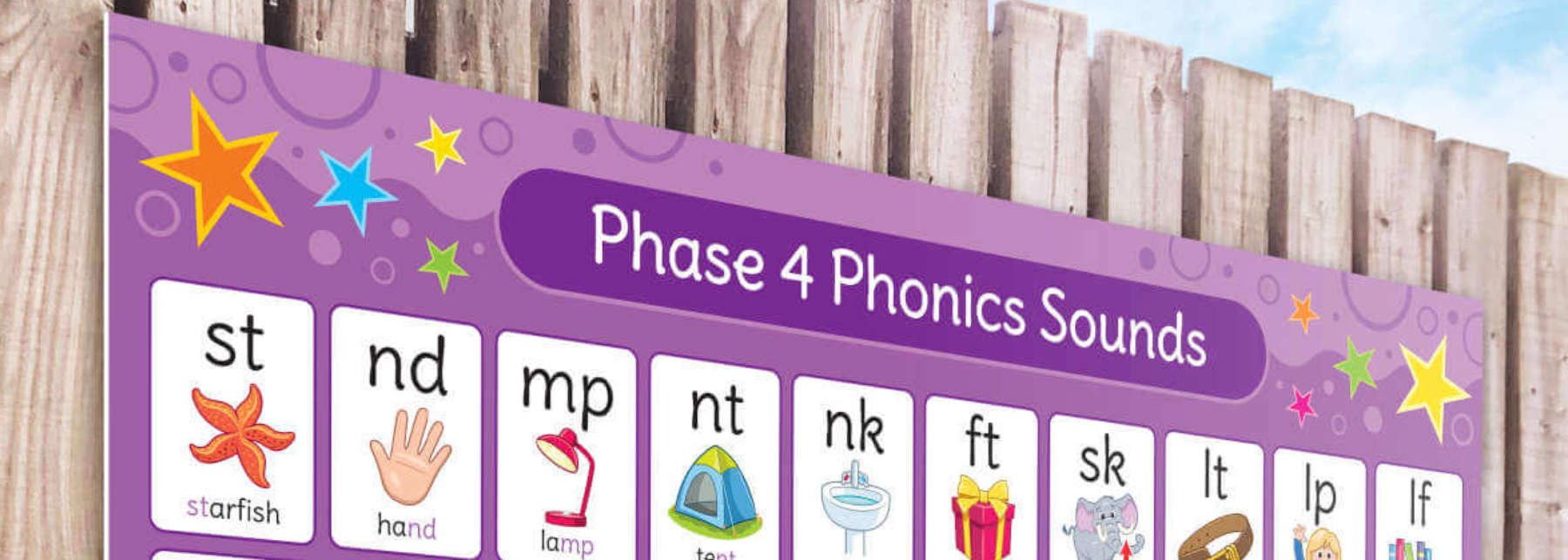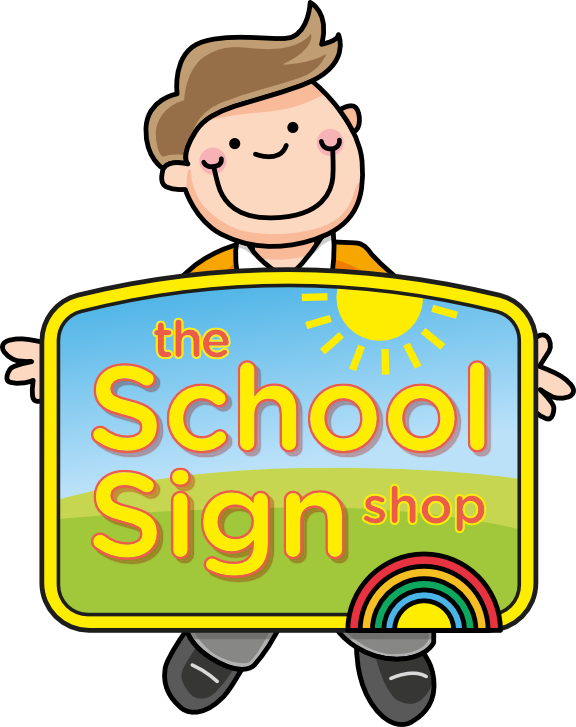Blending really is the magic key that unlocks children’s ability to read.
So as we introduce phonemes or sounds for children to learn, we must also begin to teach the skill of blending.
Blending is when sounds are pushed together to form a word. So for example, with the word “sat” children will be taught the phonemes (sounds) and graphemes (written form of the sounds) /s/ – /a/ – /t/ and then will be shown how to blend these together to make the word “sat”.
If parents are not sure of the difference between a phoneme and a grapheme, send them to our blog post Phonemes and Graphemes – What the heck is the difference? which explains the difference in detail.
One barrier to children being able to hear the word clearly when blending is if they add an /uh/ sound on the end of the letter sound. For example, the phoneme m can be mispronounced as /muh/ rather than /mmm/ and this can be repeated for many other sounds.
It is key that sounds are pronounced correctly and purely as soon as they are being taught to children so that they have the best chance to grasp the key skill of blending quickly.
At the start of term as phonemes are being learnt it is always really helpful to have an opportunity for parents to learn about the phonics programme being used in school and also to demonstrate how to pronounce phonemes correctly and purely so that when children are practising at home these are also being modelled correctly to avoid confusion.
So how can we support blending?
There are lots of ways of making blending fun for children. Repetition is key for mastering the skill so finding different, fun ways to practice is vital.
Robot talking is an activity which children love and really helps them to hear sounds blending together. If we were robot talking the word “at”, as we sound out the word we would touch our head and shoulders for each of the two sounds /a/ and /t/. As we repeat the sound we would move our hands faster until the sounds are pushed or blended together to make the word “at”. This is a great activity for kinaesthetic learners and really helps children to hear the sounds being pushed together.
Remember to use words that include sounds which the children have already been taught and keep them simple, beginning with two letter words such as “it”, “in”, “at” and then moving onto CVC words such as “cat” and “sat”.
Our bright and colourful phonics sound signs and posters display sounds covered from each phase as children move through their phonics journey.
Having letter cards or magnetic letters on hand are perfect for practising blending. Have the letters separated to begin with and then as you blend, push them together so that they can see the word being formed. This is also perfect for children to practise at home with magnetic letters on the fridge.
Playing a guessing game with children is also a really engaging way for them to practise blending. A class toy or puppet can sound the name of an object which the children then need to find from around the classroom. For example, “can you find the /d/ – /o/ – /g/“?
If you find a child really struggling with blending it is always worth bearing in mind that hearing difficulties can make this skill more of a challenge. So keep an eye out for this and discuss with parents if you think it’s necessary.
Blending takes lots of practice, both in school and at home. But it really is the magic key that unlocks reading.


Leave a Reply